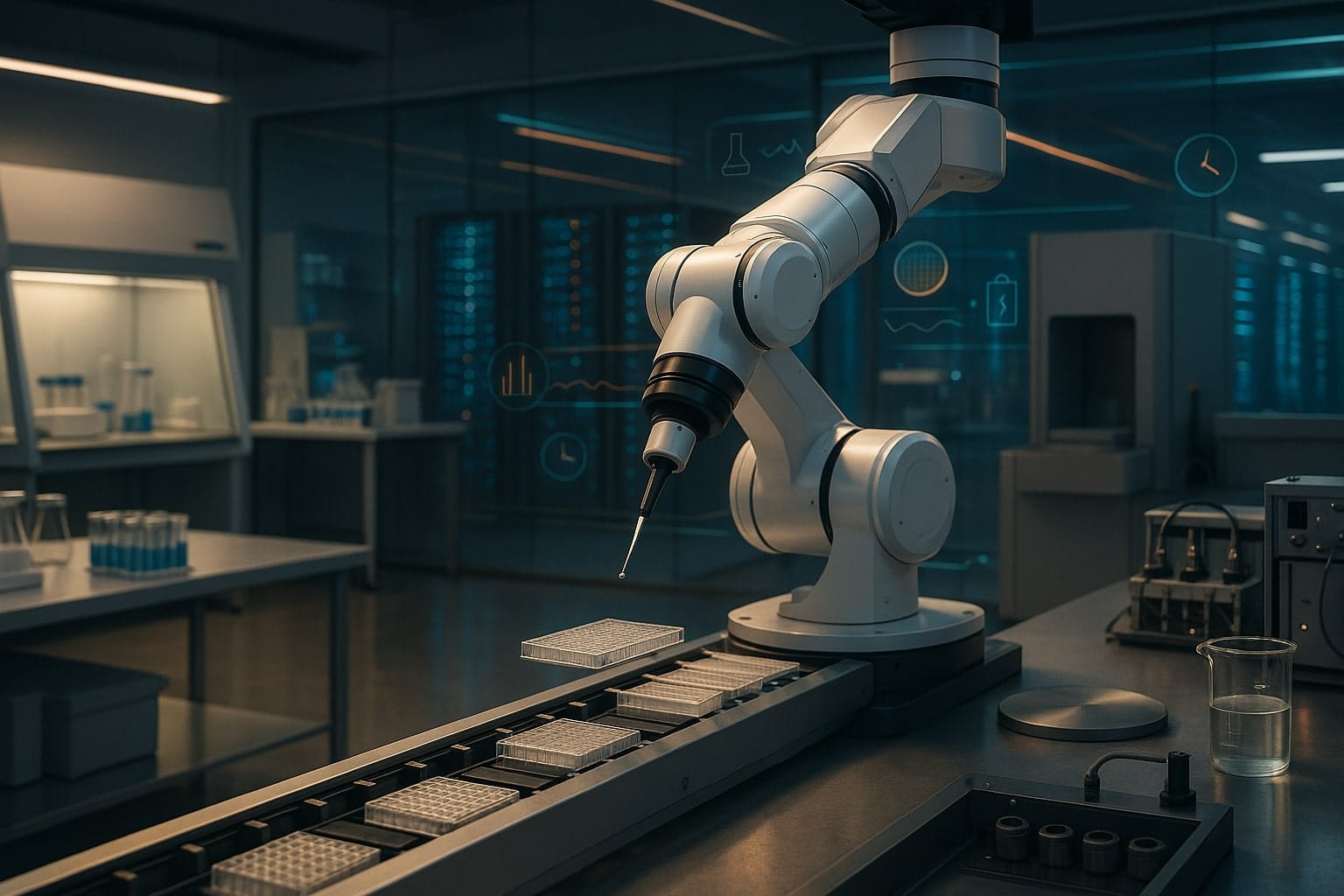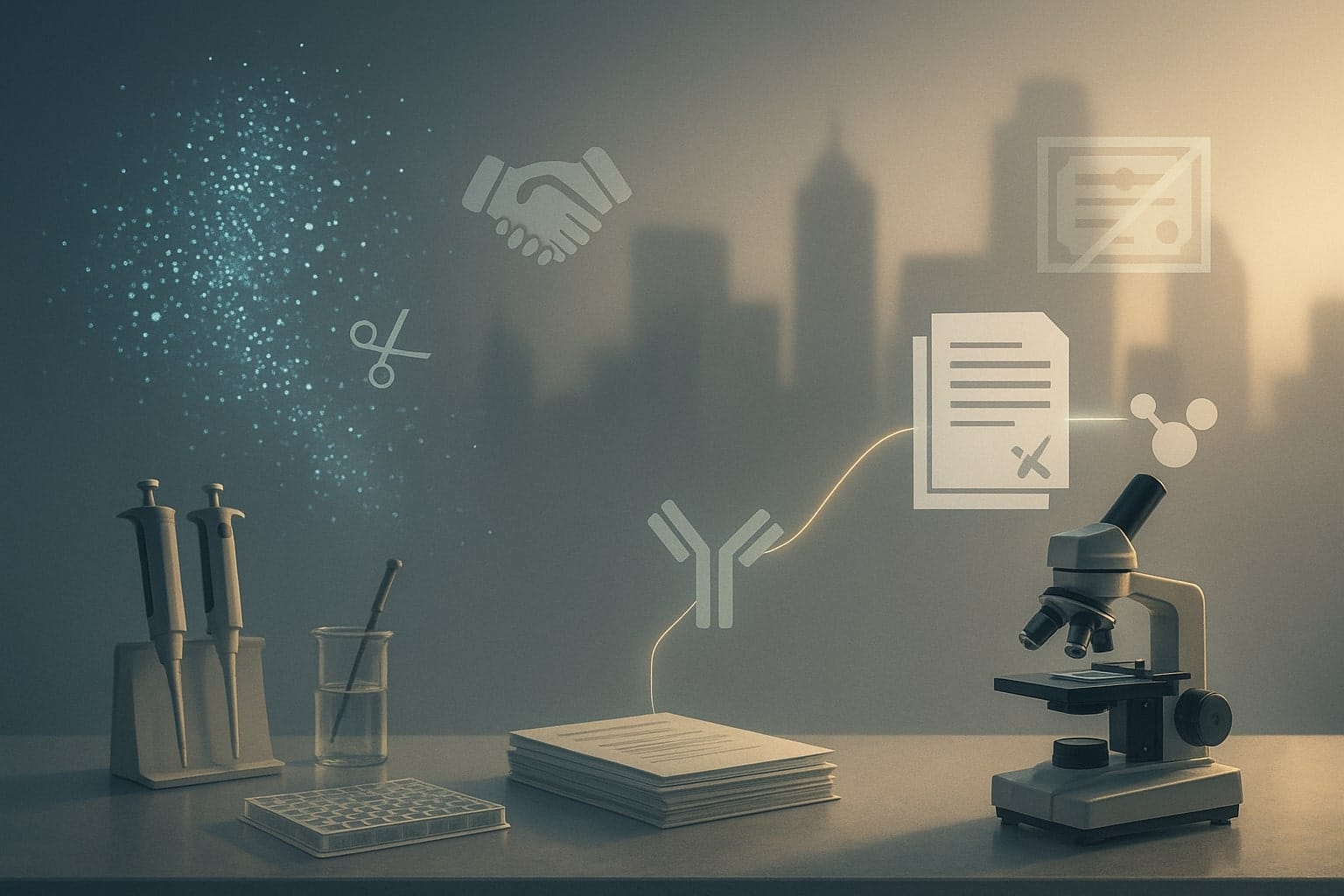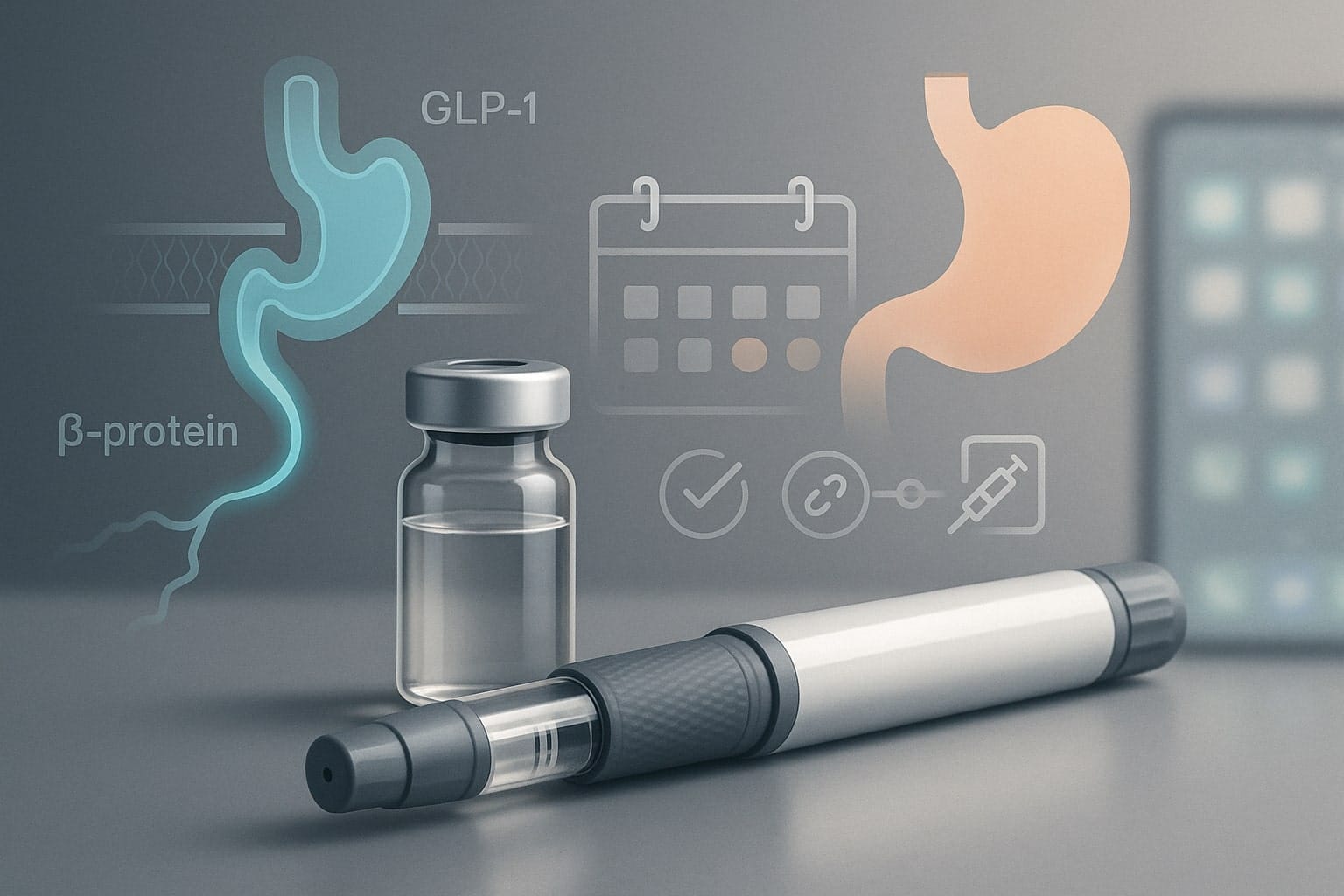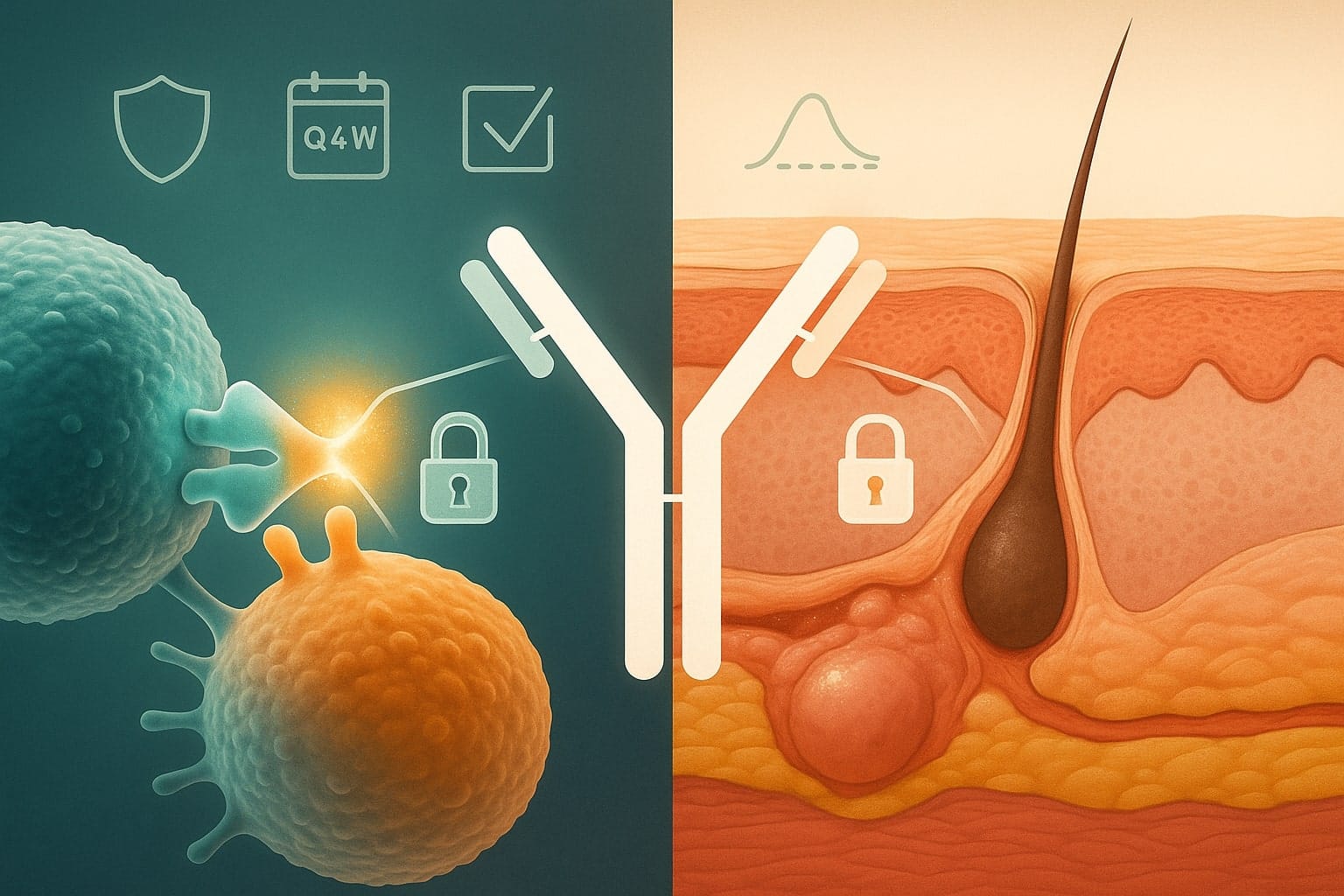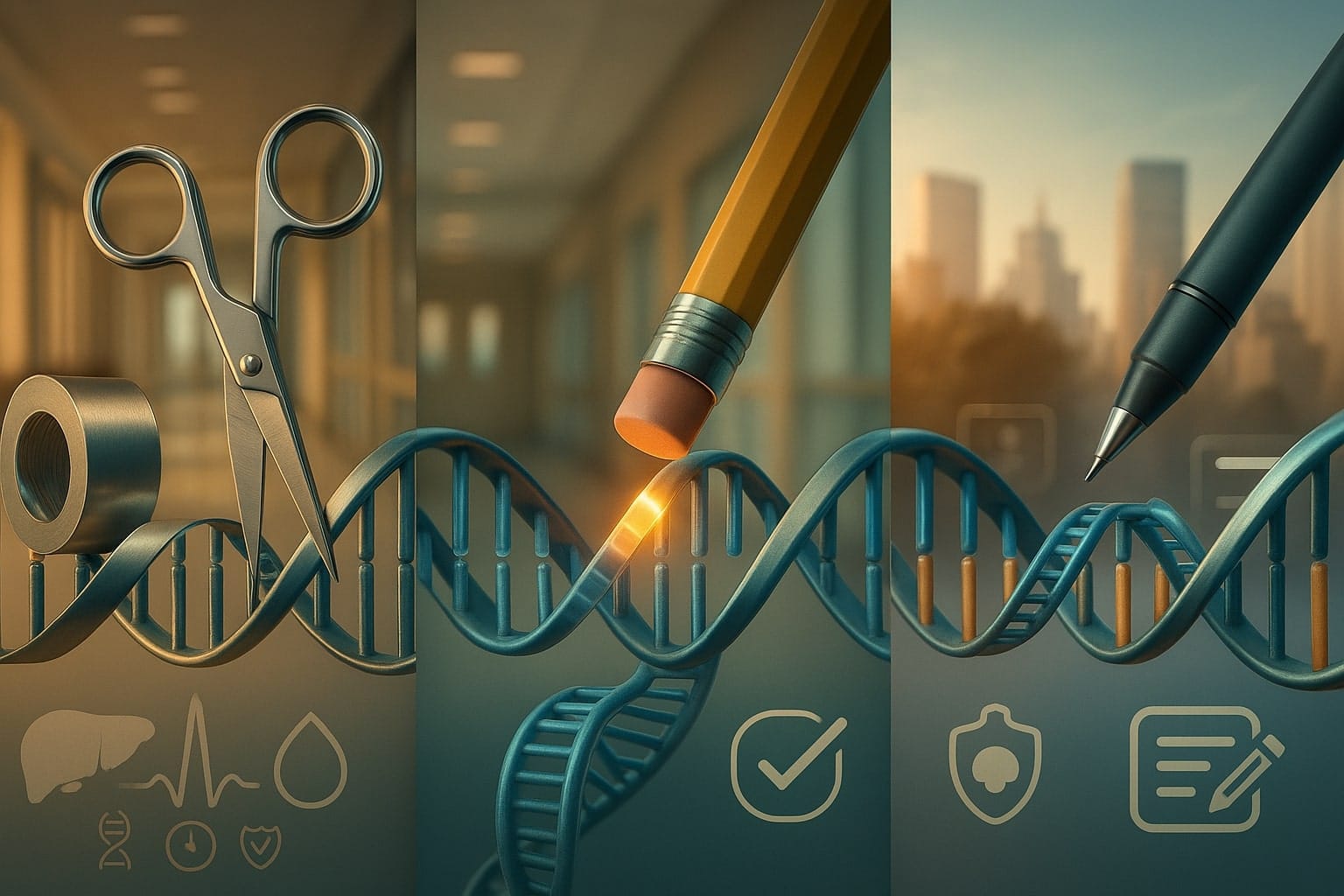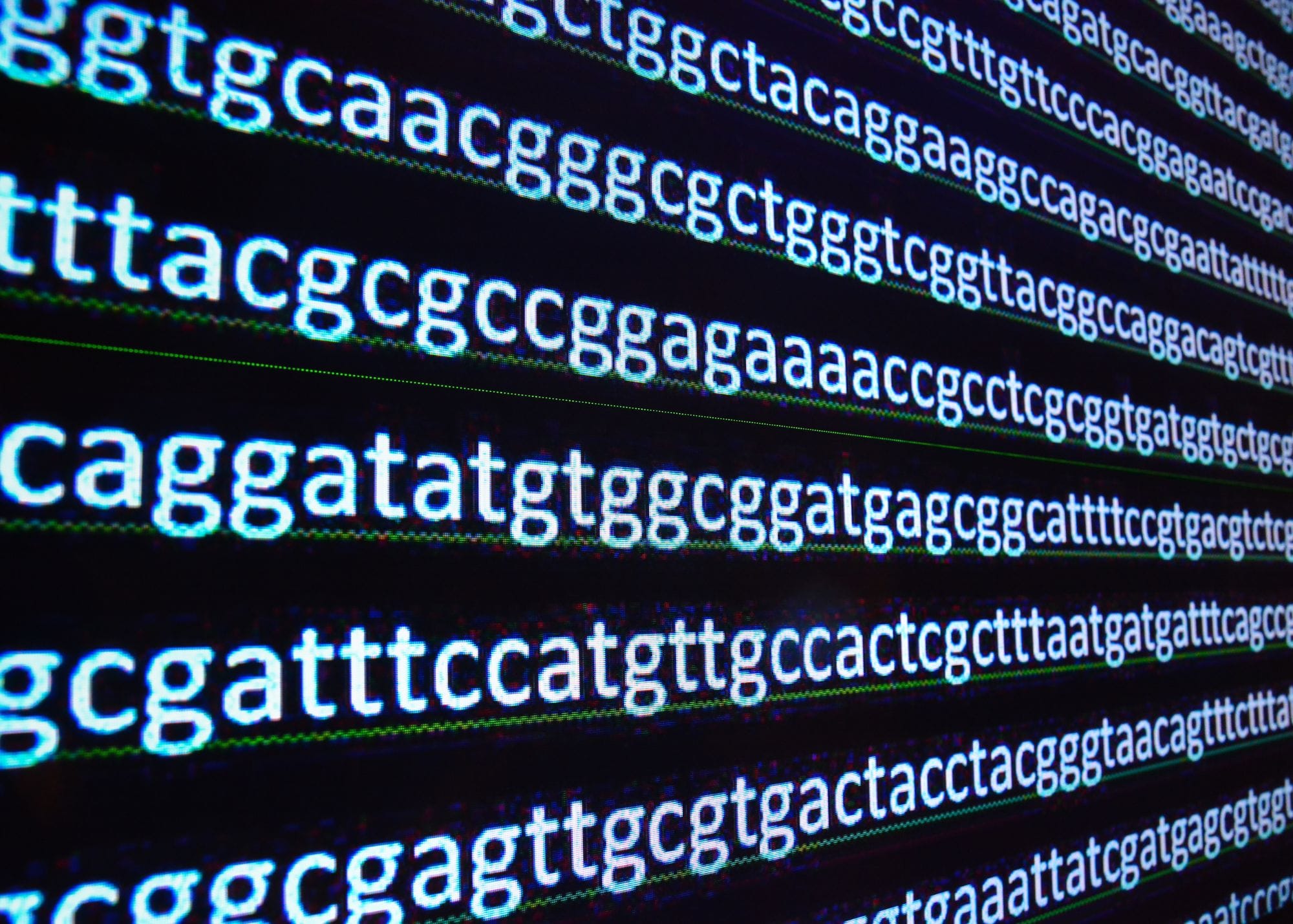Table of Contents
Toggle1. Introduction
BioXcel Therapeutics is a biopharmaceutical company leveraging artificial intelligence (AI) to repurpose existing drugs, particularly for neurological and psychiatric disorders. The company’s innovative AI platform, NovareAI, is designed to expedite drug development by identifying new therapeutic uses for shelved or previously approved drugs. This approach not only reduces the time and cost associated with drug development but also addresses significant unmet medical needs in the field of neuroscience.
2. Background
Traditional Drug Development Challenges
The traditional drug development process is notoriously slow, expensive, and risky. It typically involves discovering new chemical entities, followed by extensive preclinical testing and multiple phases of clinical trials, which can span over a decade and cost billions of dollars. Despite these efforts, the success rate for bringing a new drug to market remains low, with many potential treatments failing in late-stage trials. This inefficiency leaves numerous diseases without effective treatments and emphasizes the need for more innovative approaches.
Introduction to AI in Pharmaceuticals
AI has emerged as a powerful tool in the pharmaceutical industry, offering the potential to revolutionize drug discovery and development. By utilizing machine learning algorithms and big data analytics, AI can analyze vast amounts of scientific literature, clinical trial data, and other relevant information to identify new drug candidates and predict their efficacy for various conditions. This data-driven approach can significantly accelerate the development process and improve the success rates of clinical trials by focusing on the most promising candidates.
3. BioXcel’s AI Platform: NovareAI
Description of NovareAI
BioXcel’s AI platform, NovareAI, is a multifaceted system that integrates various AI tools and techniques to repurpose existing drugs. One of its core components is a knowledge graph, a graph-structured data model that represents and processes complex relationships between diseases, molecular targets, and drugs. This allows NovareAI to identify potential new uses for existing drugs by analyzing these relationships and predicting their therapeutic potential.
How NovareAI Works
NovareAI utilizes several advanced methodologies, including natural language processing (NLP) to scan scientific literature and clinical trial reports for relevant information. It then organizes this data into a comprehensive knowledge graph, which helps in identifying promising drug candidates. The platform also involves human expertise from biologists, clinicians, and regulatory professionals to ensure that the data is accurately interpreted and integrated into the drug development process.
Achievements and Case Studies
One of the significant successes of NovareAI is the development of IGALMI, a sublingual film formulation of dexmedetomidine, initially an intravenous drug. IGALMI is now approved for treating acute agitation in patients with schizophrenia and bipolar disorder. This achievement highlights the platform’s ability to repurpose effective compounds quickly and efficiently, reducing the typical development timeline from years to just a few years.
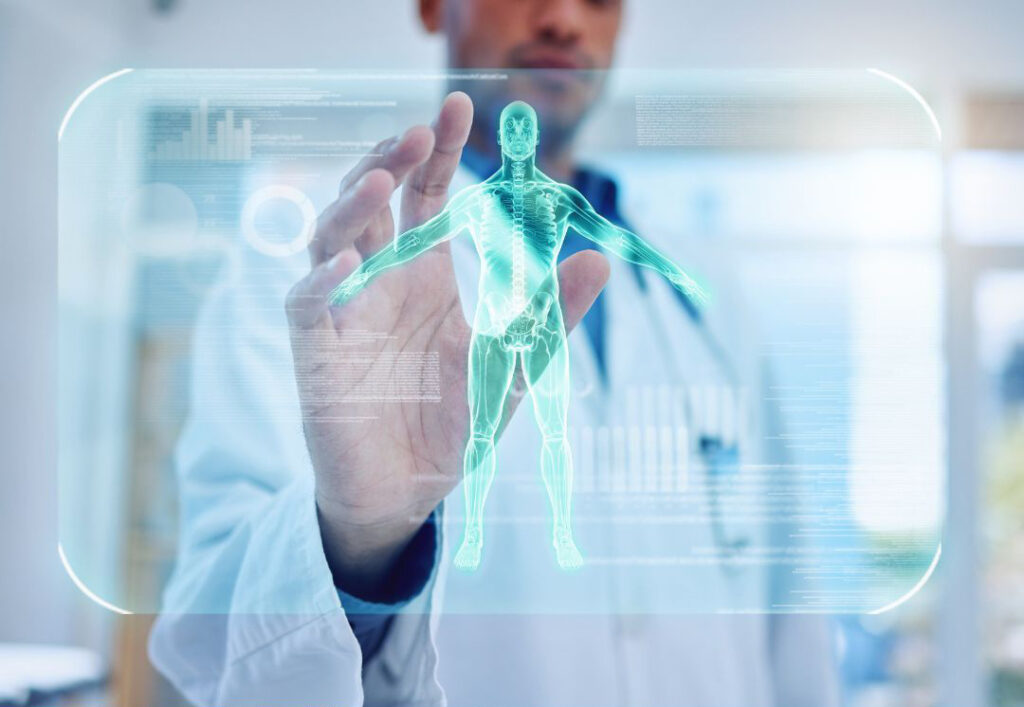
4. Benefits of AI-Driven Drug Repurposing
AI-driven drug repurposing offers several significant advantages over traditional drug development methods:
- Speed and Cost Efficiency: Traditional drug development can take over a decade and cost billions of dollars. AI accelerates this process by quickly identifying new uses for existing drugs, reducing both time and financial investment. BioXcel’s platform, NovareAI, exemplifies this by rapidly advancing compounds like dexmedetomidine for new therapeutic indications, such as IGALMI for acute agitation in schizophrenia and bipolar disorder.
- Leveraging Existing Clinical Data: AI can analyze vast amounts of existing clinical data, which helps in identifying new therapeutic potentials without the need for extensive initial trials. This approach utilizes the safety and efficacy data already available for existing drugs, thereby minimizing the risk and cost of early-stage clinical trials.
- Higher Success Rates: By focusing on drugs that have already shown safety and some efficacy, AI-driven repurposing increases the probability of success in clinical trials. BioXcel’s method involves using sophisticated algorithms to predict new indications based on existing molecular and clinical data, which enhances the likelihood of clinical and regulatory success.
- Addressing Unmet Medical Needs: AI can uncover new treatments for diseases that currently lack effective therapies. For example, BioXcel is exploring additional indications for its drugs, such as Alzheimer’s disease agitation and PTSD, which have significant unmet medical needs.
5. Challenges and Limitations
Despite its benefits, AI-driven drug repurposing faces several challenges:
- Data Quality and Availability: The success of AI in drug repurposing heavily depends on the quality and comprehensiveness of the data. Inaccurate, incomplete, or biased data can lead to incorrect predictions. BioXcel mitigates this by integrating human expertise with AI analysis to ensure data relevance and accuracy.
- Regulatory Hurdles: Navigating the regulatory landscape can be complex, especially when repurposing drugs for new indications. Regulatory bodies require extensive evidence to approve new uses of existing drugs, which can slow down the repurposing process.
- Ethical and Safety Concerns: AI models must be transparent and interpretable to ensure that their predictions are ethically sound and safe for patients. Ensuring that AI decisions are explainable and based on solid scientific evidence is crucial for gaining trust from both regulators and the public.
- Integration of Multidisciplinary Expertise: Successful AI-driven repurposing requires the collaboration of experts in biology, medicine, regulatory affairs, and AI. This interdisciplinary approach is necessary to ensure that all aspects of drug development are adequately addressed.
6. Future Directions
The future of AI-driven drug repurposing looks promising, with several potential developments on the horizon:
- Expanding Indications for Existing Drugs: BioXcel is actively working on new indications for its current drugs, such as BXCL501 for Alzheimer’s disease agitation and BXCL502 for chronic agitation in dementia. These efforts highlight the potential for AI to uncover new therapeutic applications for existing drugs.
- Enhancing Predictive Models: Advances in AI technology, such as more sophisticated machine learning algorithms and improved data integration methods, will enhance the predictive accuracy of AI models. This will lead to more reliable identification of new drug indications.
- Increased Collaboration: Greater collaboration between pharmaceutical companies, regulatory agencies, and AI developers will streamline the drug repurposing process. Shared data platforms and joint research initiatives can facilitate the development of more effective AI tools for drug discovery.
- Personalized Medicine: AI has the potential to tailor drug repurposing efforts to individual patients based on genetic, phenotypic, and clinical data. This personalized approach can optimize treatment outcomes and minimize adverse effects.
7. Conclusion
By continuing to leverage AI and interdisciplinary collaboration, BioXcel Therapeutics and other companies can significantly impact the future of drug development, making treatments more accessible and effective for patients worldwide. Through its NovareAI platform, BioXcel has demonstrated significant advancements in reducing development timelines and costs while increasing the success rates of clinical trials. The company’s ongoing efforts to expand indications, enhance predictive models, and integrate personalized medicine highlight the transformative potential of AI in pharmaceuticals.


